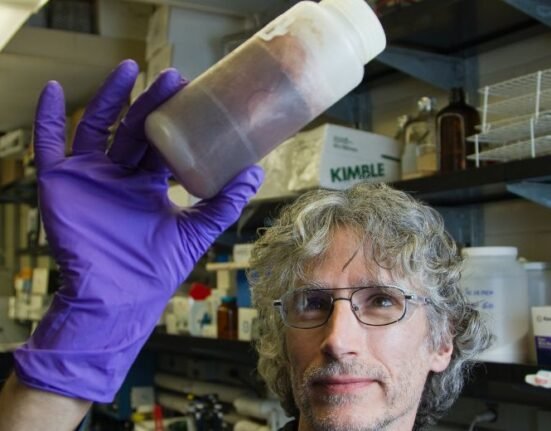HQ Team
June 12, 2025: Appendiceal cancer tripled in Americans born between 1976 and 1984 and quadrupled for those born between 1981 and 1989, according to a study.
The study compared chronological data in five-year intervals from the National Cancer Institute’s Surveillance, Epidemiology and End Results (SEER) Program, using 1941 to 1949 as the baseline.
“When you take these alarming rates that we are seeing for appendiceal cancer across generations, together with the fact that one in every three patients diagnosed with appendiceal cancer is diagnosed under the age of 50, these point to a timely need for everyone to be aware of the signs and symptoms of appendix cancer,” said lead author Andreana Holowatyj, PhD, MSCI.
“Although cancer of the appendix is rare, it is important for individuals who have these symptoms to see a health care professional,” said Holowatyj, assistant professor of Medicine at Vanderbilt University Medical Center and Vanderbilt-Ingram Cancer Center.
“Ruling out the possibility of an appendix cancer diagnosis, or diagnosing it early, is important for this cancer as we continue to learn what factors may be contributing to this worrisome trend,” she said.
Pouch of abdomen tissue
Appendiceal cancer is a type of cancer that grows from cells that make up the appendix. The appendix is a small pouch of tissue in the abdomen. It is part of the intestines and colon, which absorb nutrients and remove waste from the body. It may help the immune system.
Symptoms may include abdominal pain, bloating, changes in bowel habits, and loss of appetite.
There are two main types of appendiceal cancer — epithelial appendiceal cancer and neuroendocrine appendiceal cancer.
Epithelial appendiceal cancer grows from cells that make up the lining of the appendix. It may also be called adenocarcinoma. These cells help make a jelly-like substance called mucin.
Mucin protects the lining of the stomach, intestines, and appendix. Most epithelial appendiceal cancers can lead to a build-up of mucin, which can cause the appendix to rupture. When mucin from the appendix builds up in the abdomen, it causes a condition called pseudomyxoma peritonei, or PMP.
No standardised screening
Appendiceal cancer is a rare cancer with about 3,000 new cases diagnosed every year in the United States, according to prior studies, but Holowatyj and colleagues took a closer look at statistics by combing through the SEER database.
“As incidence rates in younger generations are often indicative of future disease burden, these results support the need for histology-specific investigations of appendiceal adenocarcinoma, as well as increased education and awareness of appendiceal adenocarcinomas among health care providers and the public,” the study stated.
Appendiceal cancer has had no standardised screening guidelines, risk factors or tumour classifications — a lack of clinical evidence that has resulted in late diagnosis and poor prognosis.
Up to one out of every two patients is diagnosed with distant metastatic disease, and five-year survival rates vary between 10% and 63%.
The findings reveal the need for increased awareness about appendiceal cancer from both clinicians and the public, as well as more research to determine the reasons for the sharp spike in incidence, Holowatyj said.








